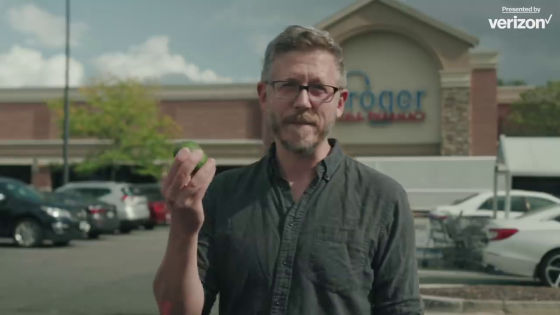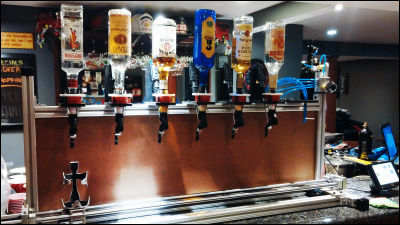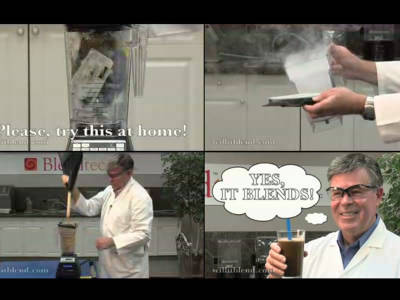What does a robot do to make food commercials attractive in just a few seconds?

In a commercial that promotes a food, you have to make the food look as tasty and attractive as possible in a very short commercial time. For this reason, robots that not only prepare appetizing dishes and decorate them glitteringly, but also assist in shooting and effects may play an active role. The YouTube channel of the American news media
How robots made this food commercial look effortless --YouTube
A commercial for American whiskey brandy maker Jack Daniel's . A whiskey bottle is reflected on a yellow background ...
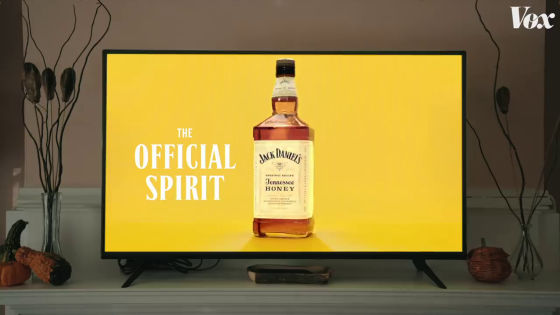
When the glass is filled with ice, the lime is dropped and the water splashes. It is a short commercial that makes you feel a fresh and cool image.
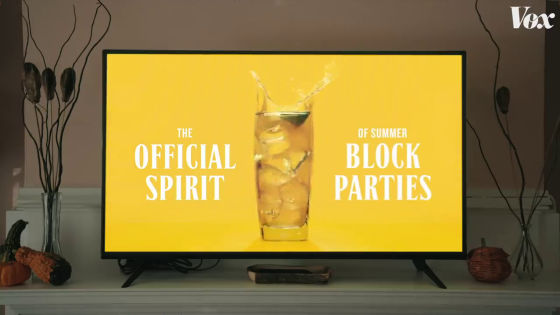
All you need for this shoot is a board with a yellow background ...
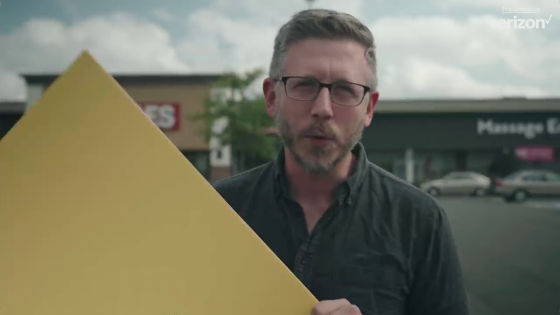
Turntable for rotating the glass and shooting
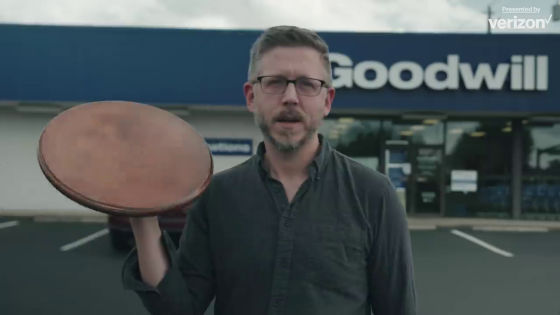
Even if you try to collect and shoot the minimum necessary items, it will still be unsatisfactory.
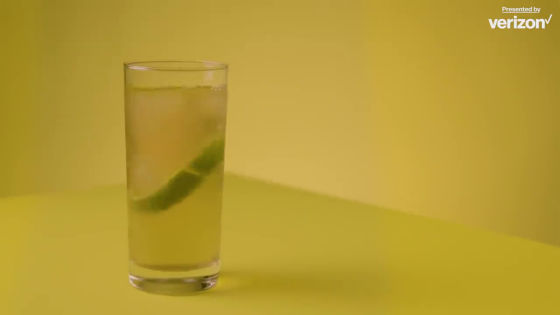
How can I make the lime land cleanly and make the spray fresh like an actual commercial? Also, what kind of mechanism is it that drinks and ice do not pop out when shooting by rotating?
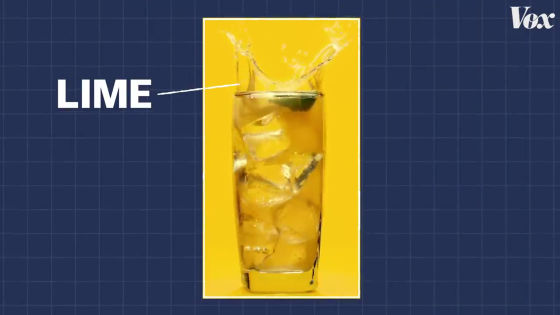
Its true identity is a robot built for shooting. Installing the camera and the yellow board across the glass is the same as before ...
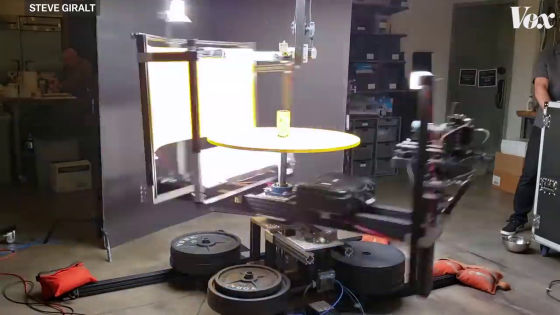
It is not the table on which the glasses are placed that rotates. The camera and background board rotate at high speed around the table on which the glasses are placed, while shooting.

In the movie, we interview Steve Girart, a video director and visual engineer. Mr. Girard is involved in many TV commercials for food and drink.
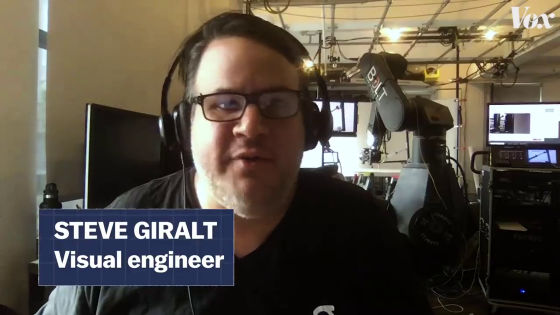
Girard gives an example of a commercial for
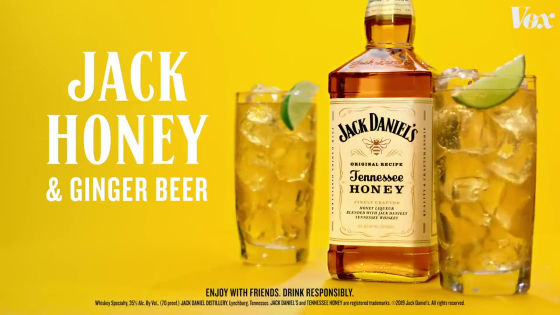
When creating the commercial, the client asked Mr. Girard to 'rotate and shoot', 'use super slow motion to create a sizzle feeling', 'make the drink beautiful', 'drop the lime and put it in the glass' 4 It seems that one idea was proposed.
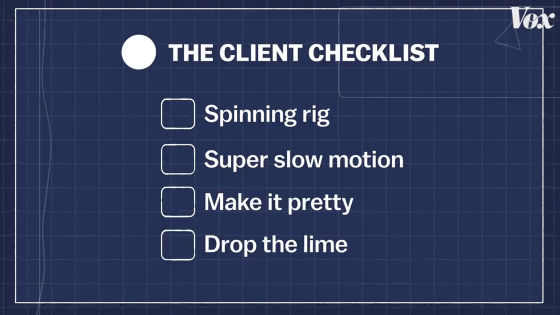
First of all, the idea of 'rotating and shooting' is possible with solid food, but if you put a drink in a glass and rotate it, it will scatter. Therefore, the desk on which the glasses are placed is not moved, and a camera and a robot that rotates the background are installed around it.
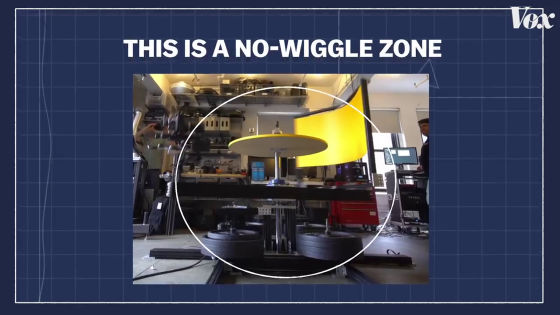
The table in the middle is fixed to the weight that serves as the base, and the camera is bolted to an arm that extends about 6 feet from the base. This arm rotates with a 4-horsepower motor.
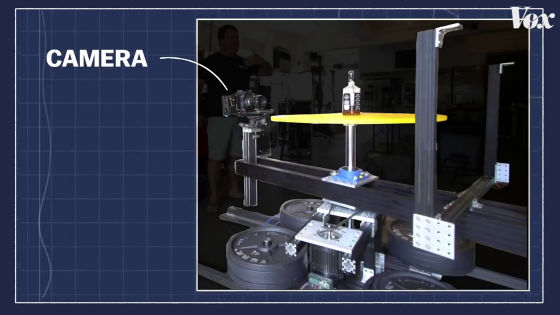
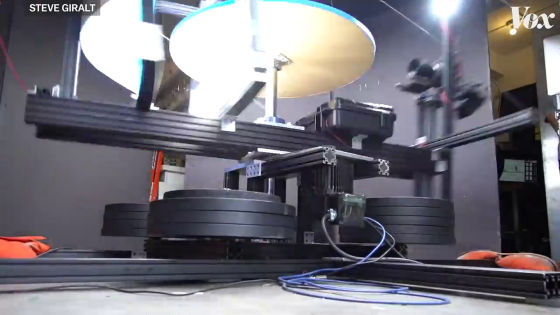
Girard says there were three challenges to overcome here. While the monitor arm that fixed the camera etc. rotates at high speed, the problems of 'how to power the camera', 'how to acquire the image of the camera', and 'how to supply power to the light' In order to solve the problem, a large battery was installed at the position that serves as the base for rotation to secure the rotation speed.
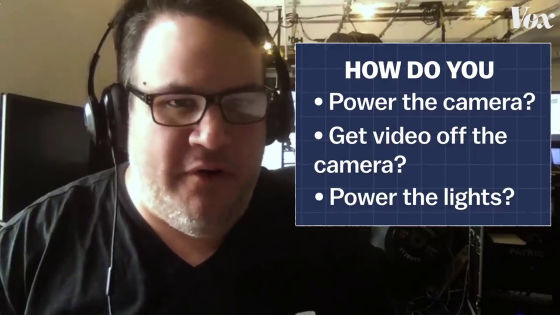
Next, about 'shooting using super slow motion'. In order to shoot in slow motion while rotating the camera at high speed, we use
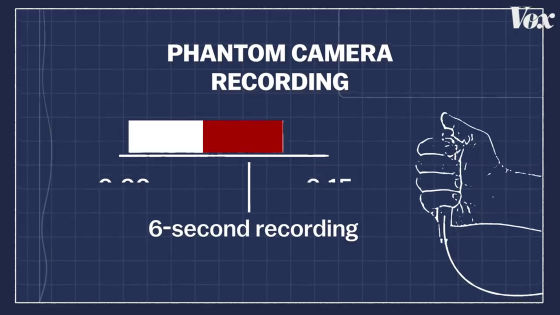
In areas other than the camera, the third issue, 'shooting the product beautifully,' has been devised.
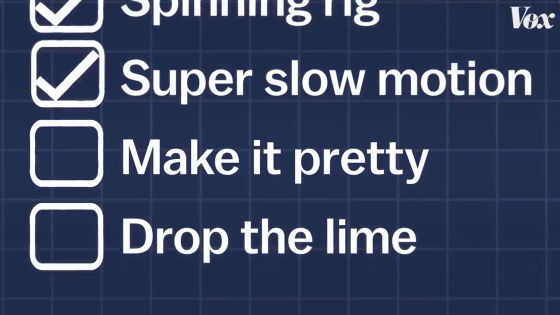
The yellow board used for the background was made of bent plywood, but it was broken due to the influence of rotation during shooting. Therefore, the plate used for the top plate is thinly processed and placed.
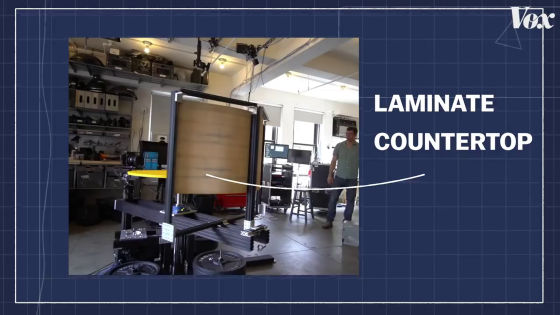
Food stylists have also made adjustments to improve the appearance of the drink itself.
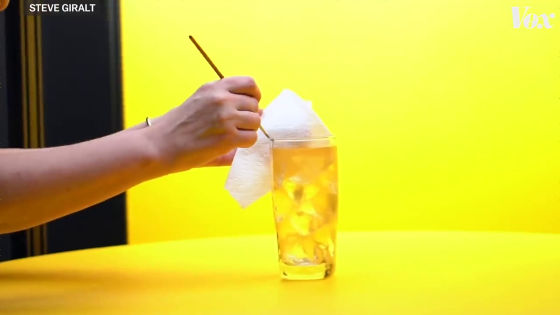
The final idea of the commercial is to 'drop the lime into a glass from above.'
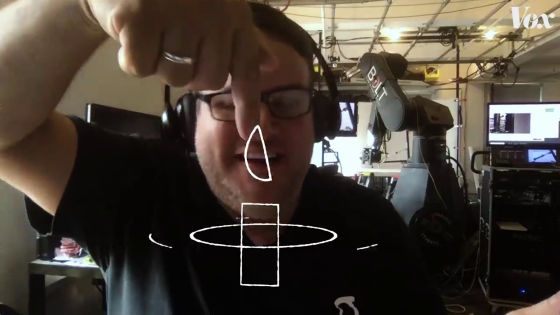
To that end, a 'lime drop' was also manufactured that drops lime with a remote button.
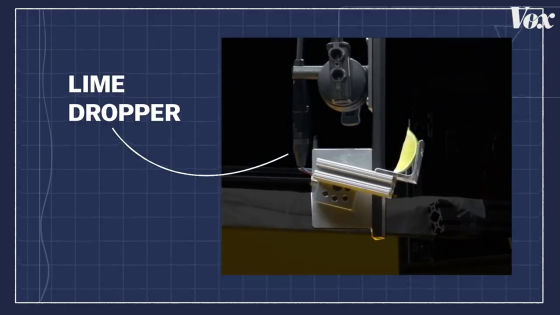
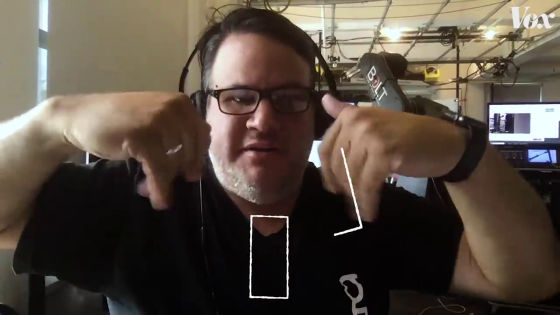
When you press the button, lime is replenished in a device like an L-shaped lever, and when the camera starts rotating and the speed becomes sufficiently fast, the lever goes down and the lime is dropped on the glass. In this way, I'm shooting a movie that gives a fresh splash.
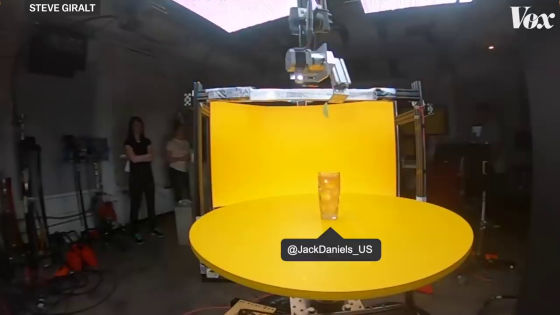
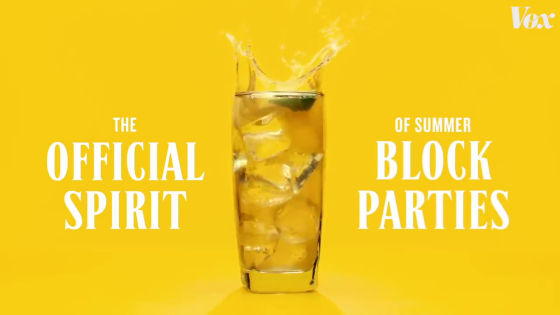
Girard says he was originally a photographer specializing in still images.
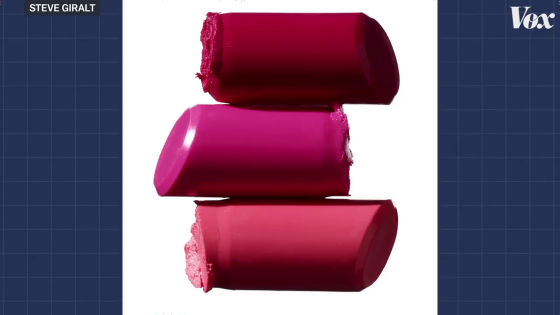
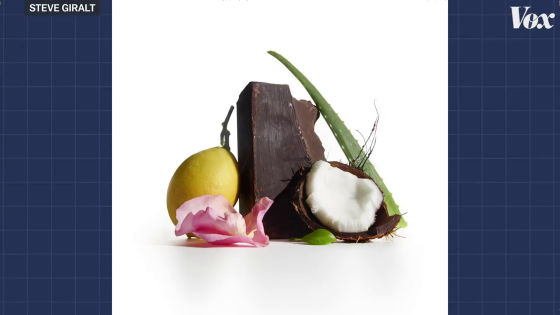
On top of that, he learned
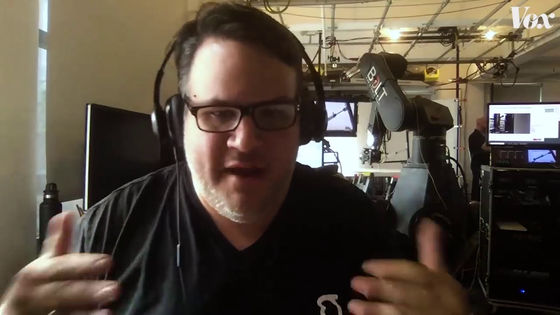
Related Posts:
in Video, Posted by log1e_dh
